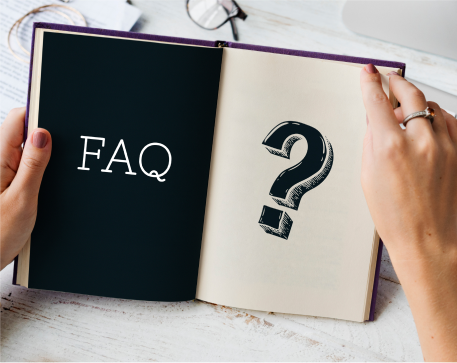Thai industrialist Anutin Charnvirakul has assumed the post of Prime Minister. This conservative leader, a supporter of cannabis, has ousted Thailand’s leading political dynasty, the Shinawatra family, from power and begun preparing for elections scheduled early next year.
- In Thailand, Anutin Charnvirakul assumed office as the new Prime Minister of the country on 07 September 2025. Anutin replaced Paetongtarn Shinawatra, who was dismissed last week through a court order.
- Anutin is an experienced politician and businessman, who earlier served as Deputy Prime Minister, Minister of Interior, and Minister of Health. He is known in Thailand for successfully advocating the decriminalization of cannabis.
- Anutin became Thailand’s third Prime Minister in two years after the 2023 general elections. He ousted the populist Shinawatra family’s Pheu Thai Party, which had monopolized the top position since the 2023 elections.
- Anutin’s Bhumjaithai Party broke away from the Shinawatra-led Pheu Thai coalition and secured enough support in Parliament to win the post of Prime Minister.
Anutin Charnvirakul
- 58-year-old Anutin is the son of politician and construction tycoon Chavarat Charnvirakul. Anutin studied engineering at Hofstra University in New York and graduated in 1989.
- Anutin’s first political step came in 1996, when he served as an advisor to Foreign Minister Prachuap Chaiyasan under the New Aspiration government. Later, in 2004, he served as Deputy Minister of Commerce and between 2004 and 2005 as Deputy Minister of Public Health.
- He was elected leader of BJT in 2012 and contested the elections in 2019 as the party’s candidate for Prime Minister. He became Health Minister in Prayut Chan-o-cha’s second government and oversaw the country during the Covid-19 pandemic, for which he faced some criticism.
Thailand
- This country is located in the center of mainland Southeast Asia. The Bangkok metropolitan area remains the country’s major urban center, yet there are also other large cities such as Chiang Mai in the north, Nakhon Ratchasima (Khorat), Khon Kaen, and Udon Thani in the northeast, Pattaya in the southeast, and Hat Yai in the far south.
- Siam, as Thailand was officially called until 1939, never came under European colonial domination.
- The country’s highest peak, Mount Inthanon, 8,481 feet (2,585 meters) high, is located in northwestern Thailand near the historic city of Chiang Mai. This city is surrounded by Mount Suthep, a site of a famous Buddhist temple and royal summer palace.
India’s relations with Thailand:
- Diplomatic relations between Thailand and India exist since 1947. These relations are built on the foundation of economic and cultural ties that have existed for over 2,000 years.
- India’s ‘Look East’ policy (since 1993) and Thailand’s ‘Look West’ policy (since 1996), now transformed into India’s ‘Act East’ and Thailand’s ‘Act West’, are strongly contributing to strengthening bilateral relations including economic and commercial ties.
- Thailand is India’s 5th largest trading partner in the ASEAN region after Singapore, Vietnam, Indonesia, and Malaysia. Currently, Thai goods have benefited from tariff reduction under the ASEAN-India FTA, which came into effect in January 2010.
Joint defense exercises of the two countries:
- Exercise Maitree (Army).
- SIAM Bharat Exercise (Air Force).
- India-Thailand Coordinated Patrol (Navy).




